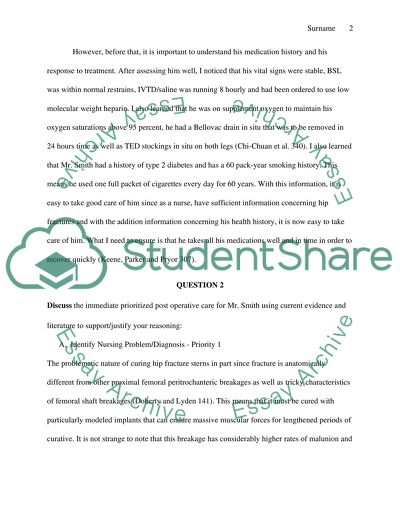Cite this document
(“Pathophysiology of subtrochanteric hip fracture Essay”, n.d.)
Retrieved from https://studentshare.org/nursing/1445109-case-study-on-a
Retrieved from https://studentshare.org/nursing/1445109-case-study-on-a
(Pathophysiology of Subtrochanteric Hip Fracture Essay)
https://studentshare.org/nursing/1445109-case-study-on-a.
https://studentshare.org/nursing/1445109-case-study-on-a.
“Pathophysiology of Subtrochanteric Hip Fracture Essay”, n.d. https://studentshare.org/nursing/1445109-case-study-on-a.


